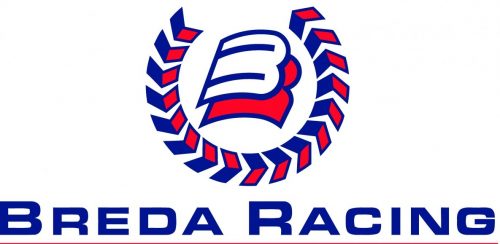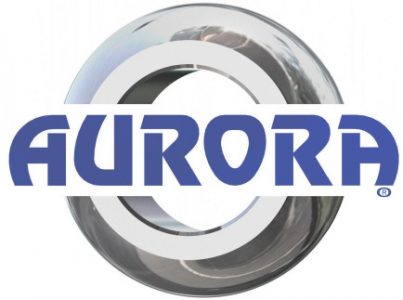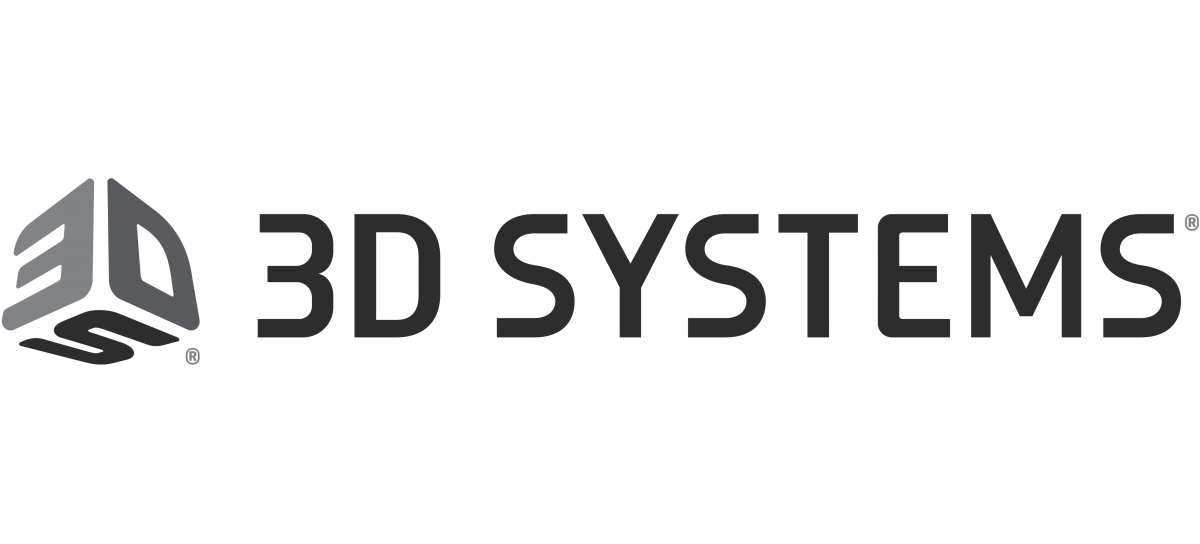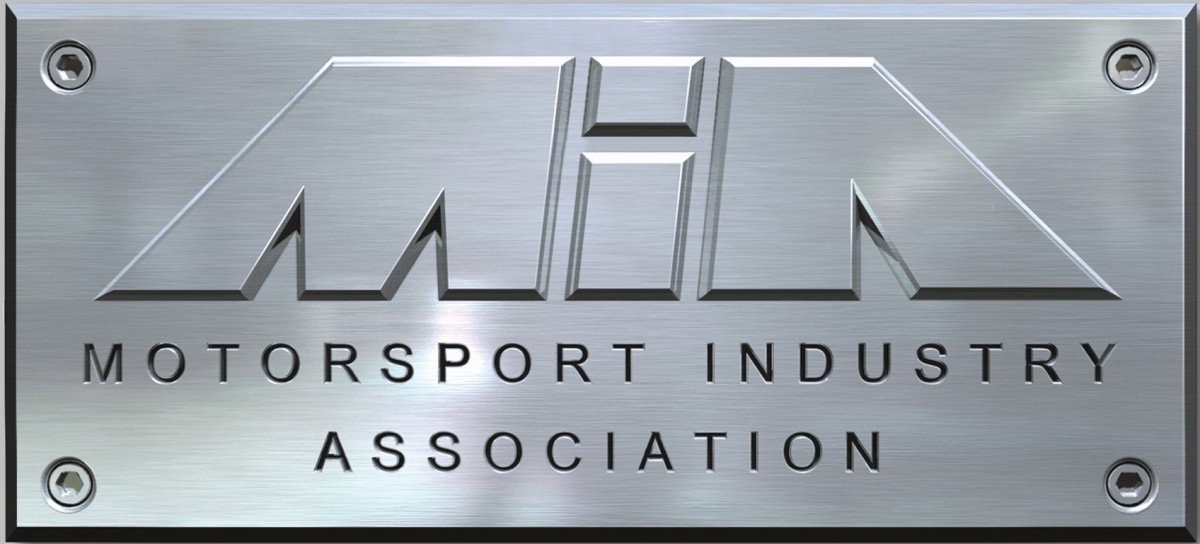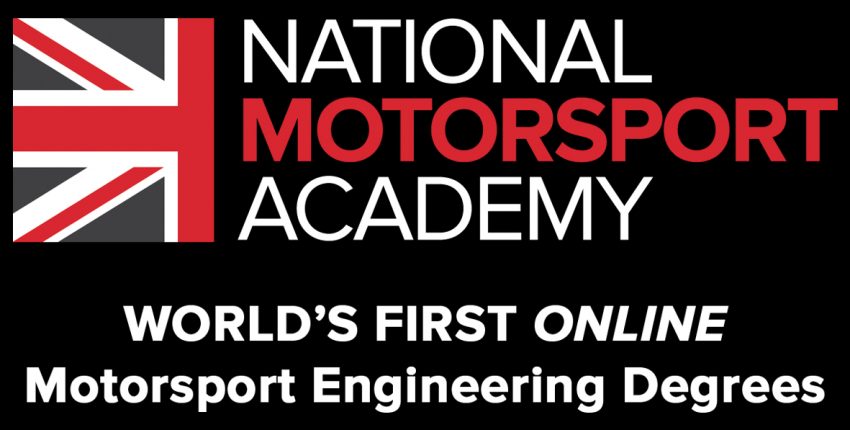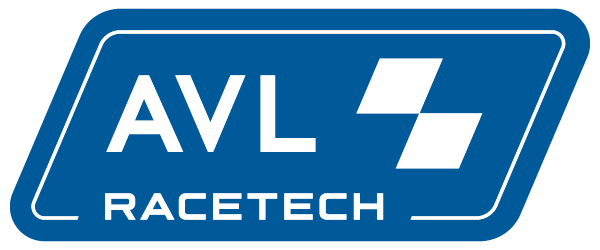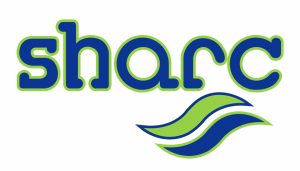The countdown begins: $1m prize for university team that wins autonomous vehicle race in 2021
The countdown begins: $1m prize for university team that wins autonomous vehicle race in 2021
Indianapolis Motor Speedway and Energy Systems Network (ESN), an Indianapolis-based non-profit and a branded initiative of the Central Indiana Corporate Partnership (CICP) and CICP Foundation, announced in early November a two-year, $1 million prize competition that will culminate in a head-to-head, high-speed autonomous vehicle race 23 October, 2021 around the Speedway’s famed 2.5-mile oval, which also plays host annually to the Indianapolis 500 presented by Gainbridge, the largest single-day sporting Autonomous Challenge event in the world.
The five round Autonomous Challenge is a competition among universities to create software that enables self-driving Indy Lights race cars to compete in a head-to-head race on the IMS track. The development of such software can help speed the commercialisation of full autonomous vehicles and enhance existing advanced driver-assistance systems (ADAS) in people-driven cars. These technologies help drivers remain in control and avoid accidents by prompting awareness and improving accuracy.
Teams will submit a short white paper during the first round, and in the second round, they must demonstrate vehicular automation by sharing a short video of an existing vehicle or by participating in Purdue University’s self-driving go-kart competition at IMS.
The Indy Autonomous Challenge’s simulation sponsor ANSYS will supply its industry leading VRXPERIENCE Driving Simulator powered by SCANeR and its SCADE software development suite to teams for their use in developing autonomous vehicle software. ESN and ANSYS will co-host “hackathons” to familiarise teams with the simulator’s full potential and ANSYS will award $150,000 in prizes to top finishers of a simulated race during the third round.
Beginning in round 4, teams will be able to access their official vehicles with the option of purchasing their own ones. ESN is also working to establish ways to facilitate a limited number of teams’ access to vehicles, such as via a loan or leasing programme. Should such a programme be established, it may require teams meet additional criteria, such as collaborative teams comprised on multiple universities; financial; racial, gender, and/or geographic diversity; previous round performance; and/or other criterion. Details of such a programme, should it come about, would be shared with teams during Round 3.
ESN will store teams’ vehicles and facilitate IMS track time in advance of the final race for teams to test their vehicles. Track practice days are planned at IMS for 5-6 June, 2021, 4-6 September, 2021 and 19-20 October, 2021.
While at the IMS, official vehicles will be maintained and serviced by personnel approved and provided by ESN. Should teams wish for more time with their vehicles, it will be their responsibility to arrange and pay for official vehicle transport and track time, as well as servicing and maintenance while vehicles are in their possession away from the storage area and the Indianapolis Motor Speedway.
The fourth round enables teams to test their actual vehicles at IMS in advance of the head-to-head race around the oval, which will award $1 million, $250,000, and $50,000 to the first, second, and third finishers, respectively.
The Challenge builds upon the success and impact of the DARPA Grand Challenge – the 2004-05 defence research initiative that helped create the modern autonomous vehicle industry – as well as IMS’s roots dating back to 1909 as a proving ground for the nascent automotive industry. More than a century later, IMS has contributed to countless breakthroughs in automotive performance and safety, including the first rear-view mirror.
“There’s a fundamental connection between innovations on the racetrack and real-world improvements on the highway,” said IMS president J Douglas Boles. “With the launch of the Indy Autonomous Challenge, IMS continues to embrace its historic role as a catalyst for the next generation of vehicle technologies in motorsports competition and wider consumer platforms – and while drivers will always be at the heart of racing at IMS, we’re excited to be part of this ground-breaking and exciting initiative.”
“What we’re asking universities to do is hard,” said Matt Peak, director of mobility at Energy Systems Network. “Our hope is that by bringing together and offering up to participating teams the world’s premier automotive proving ground, performance chassis manufacturer, engineering research centre and simulation platform, as well as nearly $1.5 million in total cash awards, universities will see the Challenge as not just throwing down the gauntlet, but also extending the helping hand to accelerate innovation and the arrival of new technologies.”
A global platform for collegiate collaboration and academic advancements
Joining IMS and ESN for the announcement were race car manufacturer Dallara Automobili and the Clemson University International Center for Automotive Research (CU-ICAR). Through Clemson University’s long-running vehicle prototype programme Deep Orange, Clemson graduate automotive engineering students will collaborate with ESN and Dallara to engineer an autonomous-capable version of Dallara’s 210 mph IL-15 Indy Lights chassis that can accommodate the competing university teams’ driverless algorithms.
Participating teams will be directly involved in the converted vehicle’s design and specifications through monthly virtual design reviews (VDRs) and other feedback channels throughout the competition.
The Deep Orange Process
The Deep Orange process mirrors that of automotive original
equipment manufacturers (OEMs) and is comprised of the following development
stages:
- Strategy & Value
Proposition: Through market analysis, students identify a unique selling
proposition and develop a start brief for their concept vehicle. - Ideation & Design: Students generate design
and engineering concepts and perform initial functional, geometric and cost
analyses to select the most promising alternative. - Concept Development: During a full-time
Deep-Orange internship over the summer, students turn their concept into
detailed design specifications. - Systems Integration: Students use a
model-based approach for virtual systems integration and interface negotiation. - Prototype Build: Students are responsible
for building the prototype, from machining the parts to assembling the vehicle. - Test, Evaluation &
Validation: During and after the build process, students perform systematic
testing to verify functionality and evaluate vehicle performance.
Technical Focus Areas
The DO12 project scope allows for engineering and innovation across multiple subsystems. The vehicle will be re-envisioned and extensively validated from a systems perspective. Student groups within the DO12 team will explore solutions within and across multiple subsystems, including:
Vehicle-to-Vehicle Communications: To ensure successful multi-car racing, vehicles must communicate with each other. The information shared between vehicles is intended to mimic what drivers and/or spotters can observe about their competition during a race. Clemson students will work directly with the competition teams to determine the types of information that needs to be shared between vehicles. Examples of shared signals are track location, ground speed, heading, acceleration, braking rate and vehicle fault states.
Perception Systems: Deep Orange students are tasked with determining the sensor types and locations to provide the vehicle with ‘vision’ at high speeds. Students will utilise advanced simulation methodologies as well as feedback from the competition teams and sensor manufacturers to determine the final sensor set that to be used for racing. Example technologies that will be considered are RADAR, LIDAR, cameras, ultrasonic and infrared sensors. Integration of these sensors on the vehicle is also a difficult challenge since vibration levels may be high and the presence of sensors will influence the aerodynamics of the vehicle.
Onboard Computing: The Deep Orange 12 students will specify and implement onboard computing systems to support autonomous decision making as well as vehicle control and condition monitoring. Clemson students are tasked with developing an interface that competition teams can use to implement their driverless control algorithms. The vehicle dynamics control and monitoring module will be used to determine vehicle states and provide functional safety in the rare case of sensor or component failure.
Drive-by-Wire Chassis Control Systems: Electronic actuators and control systems will be designed to replace the physical actions normally performed by the driver. These systems include steering, throttle control, shifting, braking, and clutch operation. Provide functional safety of these systems is of critical importance and will likely be addressed through the use of additional sensing systems and detection algorithms on the vehicle.
Vehicle Dynamics: Students are tasked with implementing sensor systems that can effectively detect vehicle behaviours that a professional driver would normally detect. The Deep Orange team will consider technologies such as inertial measurement units and micro-positioning systems to ensure that accurate vehicle localisation can be achieved at high speeds. Aerodynamic models of the vehicle based on shape changes required to mount perception sensors will also be incorporated into the onboard control system to ensure operation within traction limits in racing scenarios.
Vehicle-to-Infrastructure Communications: Telemetry systems will be implemented to allow for vehicle condition monitoring by participants in the pit lane. This system will also allow the vehicle to be disabled remotely for safety reasons.
Powertrain Design and Integration: Students will design and integrate a powertrain into the vehicle that provides the sustained power levels required for racing at high speeds as well as generates the electrical power needed for onboard computing and sensing systems. The powertrain is a structural chassis component of an Indy Lights car and must fit within the tight packaging requirements of the highly aerodynamic vehicle. Students will rely heavily on advanced software packages to develop their final design.
Vehicle Demonstration Based on High Precision GPS: The Deep Orange team will not be competing in the Indy Autonomous Challenge to avoid a conflict of interest and allow students to work closely with competitor teams from universities around the world. Without developing a driverless decision-making algorithm, Clemson plans to test the vehicle with the help of a high-precision positioning system. Clemson students will develop a control algorithm that can track the optimal line around the Indianapolis Motor Speedway such that all vehicle systems can be validated in a simulated racing environment. Data from these tests will be shared with the competition teams to aid in driverless algorithm development.
“Deep Orange is an educational framework that immerses students in industry-like environments to simulate real-world R&D challenges facing companies today,” said Dr Robert Prucka, Clemson University Kulwicki Endowed professor and Deep Orange 12 project leader. “Working with industry partners such as IMS, ESN, Dallara and ANSYS gives students unparalleled opportunities to work with the latest technologies and collaborate with cross-functional teams in a way that will make them more innovative and capable engineering leaders after they graduate.”
Five universities registered for the competition upon its opening including the Korea Advanced Institute of Science & Technology (KAIST), Texas A&M Transportation Institute (TTI), University of Florida, University of Illinois and the University of Virginia. Members of each of these early registered teams joined the organisers at the SEMA Show for the announcement.
Recent years have seen the value of autonomous vehicle proving grounds – including Texas A&M RELLIS/TTI Proving Grounds Research Facility – on full display”, said Ivan Damnjanovic, associate professor and director of engineering project management at Texas A&M University. “We’re excited to be in on the ground level of such a dynamic effort that leverages both of these tools while adding others that can excite and empower students, inspire classrooms and coursework, and altogether help transportation research institutions advance their programmes.”
Registration is open for accredited, tax-exempt colleges and universities (including foreign institutions of higher education) through 28 February, 2020. For more information and to register for the competition, visit www.indyautonomouschallenge.com
Addressing Real-World Issues
The Indy Autonomous Challenge seeks to increase public awareness of the transformational impact that automation can have on society. With 94 per cent of the more than 40,000 annual automotive deaths in the US caused by “human factors” advancements in vehicle automation has the potential to save tens of thousands of lives. Moreover, according to the US Department of Energy, the efficiency gains of automation could reduce overall vehicular energy consumption by 60 per cen, which would help reduce global climate change. Raising public awareness of these technologies and linking them to the original proving ground for automotive innovation that is the Indianapolis Motor Speedway will have a significant societal benefit.
Beyond improving safety and environmental quality, the Indy Autonomous Challenge seeks to help overcome three prominent barriers to automated vehicle (AV) commercialisation:
- Solving “edge case” scenarios – Problems or situations that occur only at an extreme operating parameter, such as avoiding unanticipated obstacles at high speeds while maintaining vehicular control, need to be addressed to ensure safety across all operating environments;
- Catalysing new AV technologies and innovators – Automated vehicles are too expensive for scaled commercial deployment, and carmakers and tech companies are seeking sources of new intellectual property (IP) and qualified engineers and software developers; and
- Engaging the public to help ensure acceptance and use of AV technologies – Increased experience with and exposure to AVs can help facilitate an understanding of them and their potential.






